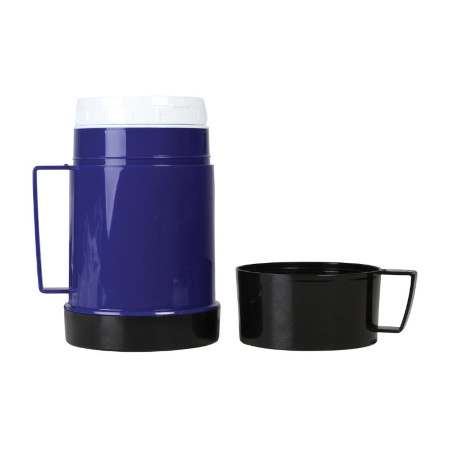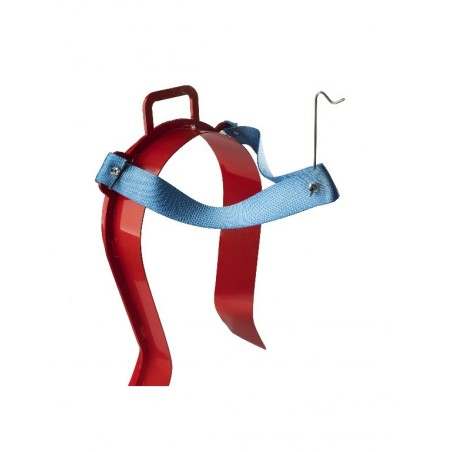Porcine reproductive and respiratory syndrome virus (PRRSV)-contaminated semen from boars is a route of transmission to females, and early detection of PRRSV infection in boars is a key component in sow farm biosecurity. The purpose of this study was to determine the optimum diagnostic specimen(s) for the detection of acute PRRSV infection in boars.
Individually housed boars (n = 15) were trained for semen and oral fluid collection and then vaccinated with a commercial PRRSV modified live virus vaccine. Starting on the day of vaccination and for 14 days thereafter, oral fluid specimens were collected daily from all boars. The 15 boars were subdivided into three groups of 5, and serum, blood swabs and ‘frothy saliva’ were collected at the time of semen collection on a 3-day rotation. Frothy saliva, derived from the submandibular salivary gland, is produced by aroused boars. Semen was centrifuged, and semen supernatant and cell fractions were tested separately. All samples were randomly ordered and then tested by PRRSV real-time quantitative reverse-transcription polymerase chain reaction assay (rRT-PCR) and PRRSV antibody ELISA.

In this study, a comparison of serum, blood swab, and oral fluid rRT-PCR results found no statistically significant differences in the onset of detection or proportion of positives, but serum was numerically superior to oral fluids for early detection. Serum and oral fluid provided identical rRT-PCR results at ≥5 day post-vaccination. Likewise, the onset of detection of PRRSV antibody in serum, oral fluid and frothy saliva was statistically equivalent, with serum results again showing a numerical advantage.
These results showed that the highest assurance of providing PRRSV-negative semen to sow farms should be based on rRT-PCR testing of serum collected at the time of semen collection. This approach can be augmented with oral fluid sampling from a random selection of uncollected boars to provide for statistically valid surveillance of the boar stud.
B. J. Pepin et al. Comparison of Specimens for Detection of Porcine Reproductive and Respiratory Syndrome Virus Infection in Boar Studs. Transboundary and Emerging Diseases. Volume 62, Issue 3, pages 295–304, June 2015. DOI: 10.1111/tbed.12135










